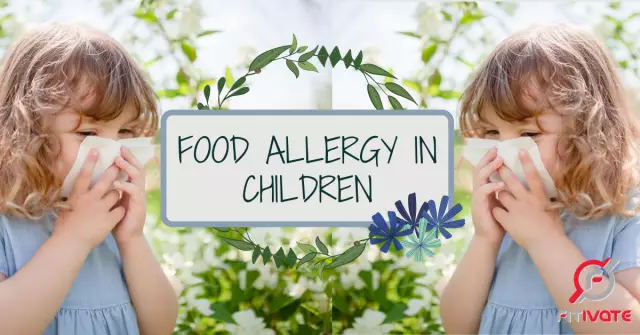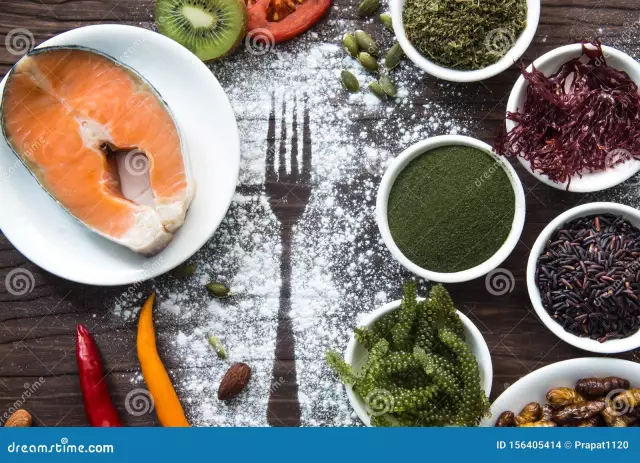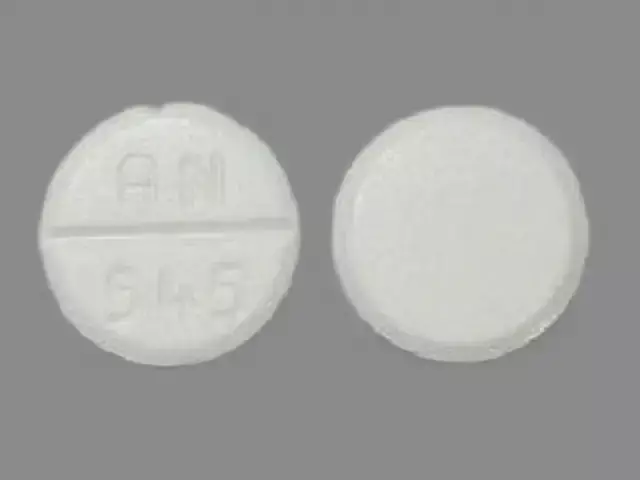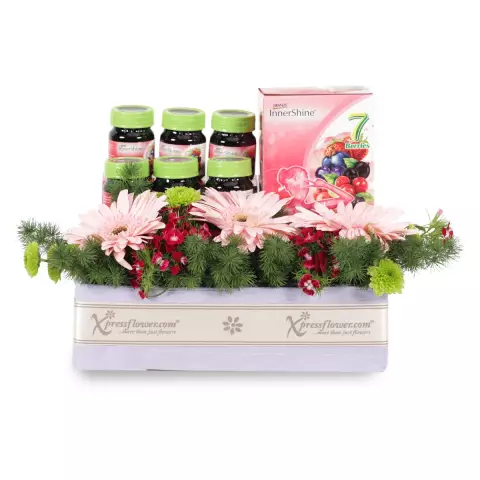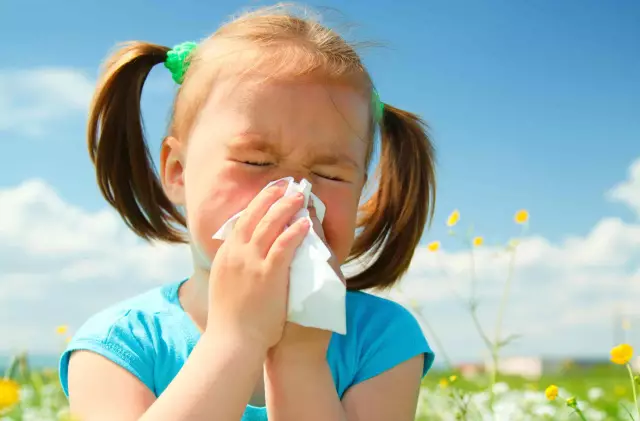- Author Rachel Wainwright [email protected].
- Public 2023-12-15 07:39.
- Last modified 2025-11-02 20:14.
Food allergies in children

One type of food intolerance is food allergy in children, which is based on complex immunological mechanisms. As a rule, food allergies appear already in the first year of a child's life, when he begins to try various foods. It is important to know that it is this phenomenon that causes the development of all subsequent allergic diseases of the baby. In addition, food allergy can provoke allergic vasculitis, as well as support damage to the kidneys, gastrointestinal tract, cardiovascular and nervous systems, etc.
Symptoms of food allergy in children
All symptoms of food allergy in children can be divided into systemic and local allergic reactions. Anaphylactic shock is classified as systemic, while local ones are divided, in turn, into gastrointestinal, respiratory and skin reactions of the body.
GI symptoms of food allergy in children usually include:
- Nausea;
- Vomiting;
- Regurgitation;
- Constipation or unstable stools;
- Aphthous stomatitis;
- Stomach ache;
- Colic;
- Diarrhea;
- Flatulence.
GI allergic reactions occur in most childhood food allergies and can often be accompanied by swelling of the lips and tongue.
Some of the most common respiratory manifestations of childhood food allergies include:
- Allergic rhinitis;
- Spasmodic cough for a long time;
- Recurrent pulmonary infiltrates;
- Recurrent broncho-obstructive syndrome.
Skin symptoms of food allergy in children are the most common manifestations of such disorders. The quickest reactions of the body to a certain product that causes allergies are urticaria, strofulus, Quincke's edema, atopic and contact dermatitis.
At the same time, it should be noted that the clinical manifestations of children's food allergy largely depend on the organs or body systems that are affected. In addition, foods consumed on a regular basis tend to provoke less common allergic reactions, while ingredients rarely used in food cause acute symptoms in which there is a clear connection with food intake.
Komarovsky on food allergies in a child
The well-known doctor Komarovsky with a food allergy in a child strongly recommends first of all to abandon the products that provoked it. It will not be difficult for parents to determine them, since they know best what their baby ate on the eve of an allergic reaction. If such food gets into the stomach, the famous doctor advises giving the child an enema to cleanse the stomach of the allergen.
At the same time, Komarovsky considers food allergy in a child to be a phenomenon that often goes away on its own after a while. Therefore, a product excluded from the diet can be tried to give a child after 2-2.5 years. It is only necessary to resume its use carefully and in small quantities. However, in older childhood, it is practically useless to conduct such experiments, since immunological tolerance in children at this stage is extremely rare.
For the treatment of food allergies in a child, Komarovsky advises the use of medication, but only in cases where diets are ineffective and there is an allergic reaction to several foods. The doctor also advises medications when it is impossible to refuse products that contain an allergen, or the cause of the allergy cannot be established.
Treating food allergies in children
Many experts are of the opinion that diet is the best way to treat food allergies in children. A hypoallergenic diet for a child is based on excluding foods containing an allergen from the diet, as well as foods that irritate the mucous membrane of the gastrointestinal tract, containing food colors, preservatives, emulsifiers, etc. The diet for food allergies for children involves replacing such foods with natural and specialized foods …
Among these products are:
- Medical and preventive mixtures with milk protein hydrolysates, which can be given to a child from birth;
- Hypoallergenic milk porridge;
- Specialized mixtures with soy protein isolate, which can be consumed by children from six months;
- Hypoallergenic monocomponent vegetable, fruit and berry purees, recommended for consumption for children from six months;
- Hypoallergenic canned meat (turkey, horse meat, etc.) for a child aged 10 months.
Experts note that the diet for food allergies to children should not exclude breast milk in favor of complementary foods. This is due to the fact that it not only contains the nutrients and vitamins the baby needs, but also protective factors, enzymes and hormones.

Treatment of food allergies in children often also involves the use of drugs. The most common ones are:
- Probiotics;
- Cromoglic acid preparations;
- Glucocorticosteroids;
- Enterosorbents;
- Enzymes.
At the same time, it should be noted that many even antihistamines, which are designed to neutralize histamine in the child's body, have side effects. Hormonal medications for food allergies also require caution, as they can also provoke immune problems, excess weight and an increased risk of bacterial complications. Therefore, doctors recommend using local hormonal drugs that do not have such a strong effect on the child's body.
Antihistamines are recommended when treating food allergies in children to get rid of skin manifestations. Among them, Fenistil drops can be distinguished, which are one of the few antihistamines that can be used from the first month of a child's life. These drops in 15-40 minutes eliminate the symptoms of allergic rhinitis, ease breathing, and also relieve itching in case of skin manifestations of food allergies in children.
YouTube video related to the article:
Found a mistake in the text? Select it and press Ctrl + Enter.

